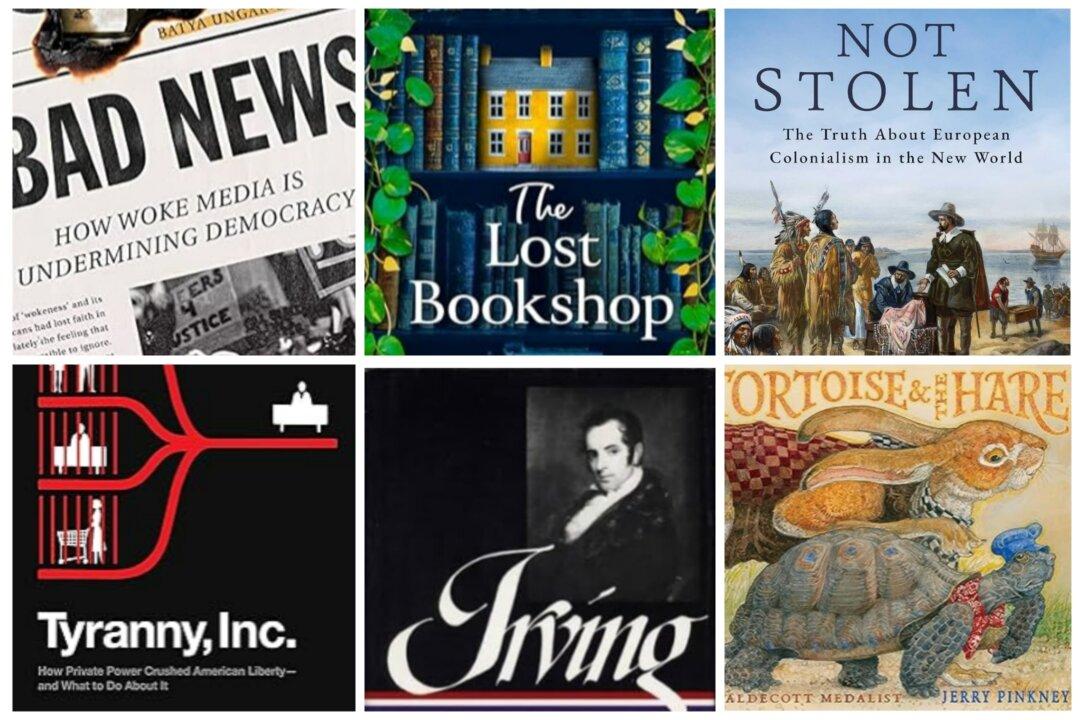Most of us remember history lessons about the overland expedition of Lewis and Clark in 1804–1806 to push beyond the Louisiana Purchase, discover a river route through the new lands, and reach the Pacific Coast.
President Thomas Jefferson, a scholar and visionary, had read British writer Alexander Mackenzie’s urgings from 1801 to his fellow countrymen about how critical it was to control the mouth of the Columbia (on today’s Washington-Oregon border) and the Pacific Coast.
At that point in history, the vast territory extending west from Missouri to the Pacific Coast was unclaimed. Jefferson wanted to expand the boundaries of the United States, from sea to shining sea, and get there first.
Meriwether Lewis didn’t disagree.
“On his triumphant return to Washington, D.C., Meriwether Lewis strongly urged President Jefferson, as Mackenzie had urged the British, to create a seaport on the Pacific Rim as an outlet to China for furs from the western sector of North America, despite the lack of an easy route through the Rockies. But President Jefferson felt that the U.S. government by itself had neither the will nor the funds to extend itself far west enough to settle the far edges of the continent. However, much as he wished to see it, he thought a Pacific Rim seaport was best left to private enterprise,“ wrote journalist Peter Stark, in ”Astoria: John Jacob Astor and Thomas Jefferson’s Lost Pacific Empire: A Story of Wealth, Ambition, and Survival.”
Enter businessman and entrepreneur John Jacob Astor, who had made his way to New York at an early age from Europe and quickly displayed his talent for meticulous planning, bold risk-taking, and dreaming on a large scale, particularly when it came to furs (a sought-after commodity on America’s East Coast and in Europe, China, and Russia).
The combination of Astor’s entrepreneurial business acumen and Jefferson’s expansionist vision proved fateful.
“It’s clear that Astor and Jefferson fueled each other with their mutual enthusiasm and vision of the West Coast’s limitless possibilities,“ Stark writes. ”Jefferson was a philosophical idealist (but practical statesman) possessed of a continent-wide vision and deeply committed to the concept of nations living free from royal rule. Astor was an extremely focused and yet far-seeing businessman whose deepest loyalties, besides to his family and closest acquaintances, were to his business empire: extending it as far as possible, preferably in the form of a monopoly, while maximizing his bottom line. For these two energized individuals meeting, the Pacific Coast hovered over the western horizon like a giant blank slate—a tabula rasa for statecraft on a hemispherical scale and trade on a global one.”
Stark, who has a penchant for adventure stories, doesn’t disappoint, describing in graphic detail what transpires next in this look back at a tale of high ambition set against the backdrop of the American frontier, starting in 1810.
It’s a harrowing story as readers follow the fates of those who bought onto Astor’s two-pronged plan of reaching the Pacific Coast and establishing his “emporium.”
This largely forgotten chapter in history is vividly recreated as we follow two groups on their respective heroic quests. One is led by William Price Hunt, a young businessman from Trenton, New Jersey, going overland and across the Rockies to the Columbia River. The other is led by an American patriot and U.S. naval hero Captain Jonathan Thorn, who sails around Cape Horn. Their mission is to join forces on the Columbia River and create America’s first colony on the Pacific Northwest coast. Think of Jamestown in Virginia.
What happens to them is a gut-wrenching page-turner pitting strong wills destined to survive and succeed against the unforgiving elements of the natural world.
At one point, the overland travelers find themselves in what is today’s Hells Canyon on the Snake River, literally stuck between a rock and a hard place. Without their canoes or horses and blanketed by a fierce winter storm, the intrepid group faces starvation.
After traveling more than 9,000 miles by sea from New York’s harbor to rounding Cape Horn, the weary crew of the Tonquin is restless in body and spirit. They still have another 7,200 miles to reach Hawaii, let alone the Pacific Northwest coast.
Stark creatively weaves into this book of high adventure many teachable moments.
While Astor remains comfortably in New York masterminding (as word is able to reach him) his grand global scheme, his chosen champions in the field are confronted with enduring the often harsh consequences of challenging decisions made under duress.
Stark examines their differing leadership styles in the face of crisis. Who proves more effective? The unmoving, seemingly insensitive, authoritarian sea captain or the nonconfrontational, consensus-building novice in the wilderness?
Adding to the contention, Stark’s engaging and powerful personalities come from a variety of cultural backgrounds, including Scottish fur traders, French-Canadian voyageurs, American and British sailors and adventurers, and men and women from Native American Indian tribes.
While not a major protagonist in the story, the one woman traveling with the overland group, Marie Dorion, a member of the Iowa tribe, is notable. She emerges as a heroine in her own right, married to a part French-Sioux interpreter husband; she’s pregnant and has two toddlers, 5-year-old Jean Baptiste and 2-year-old Paul, whom she carries on her shoulders. Their fragile, isolated portrait is framed against a vast wilderness landscape.
There are many moments of connectedness that speak to the human spirit as readers find themselves drawn into the suffering of men lost at sea, men left behind, men gone mad, and men starving but often offered help from surprising sources.
The War of 1812 between the United States and Britain came at a critical point in Astor’s business plan. Astoria as an established city does become a reality, but hardly the thriving enterprise that Astor envisioned.
The Pacific Coast does become part of the United States, but not until decades later, in 1846, not during Jefferson’s administration.
But the groundwork was laid, as history tells us. The Astorians, isolated and exposed to nature’s harshness, took great risks. Their rewards were reaped by generations to come.
“In 1843, the first large group of wagons, known as the ‘Great Migration,’ made for the Willamette from Independence, Missouri, along the route pioneered by the Astorians,” Stark wrote.
This was the Oregon Trail.
And America’s boundaries do stretch from sea to shining sea.
Stark moves skillfully between the story’s segments to give readers a thoroughly researched and rich accounting of this great American saga, one that we should all know about and cherish as part of who we are today.
History buffs, biographers, adventure aficionados, Northwest fans, and more will enjoy this well-written and fast-paced read of a history that reshaped America’s landscape.
On a personal note, Portland, Oregon, is my hometown, just shy of 100 miles from Astoria on the Pacific Northwest coast. While I’ve visited this charming, coastal community, I was unfamiliar with this chapter in Oregon’s and America’s history. I am grateful for coming across Peter Stark’s engaging and compelling narrative.






